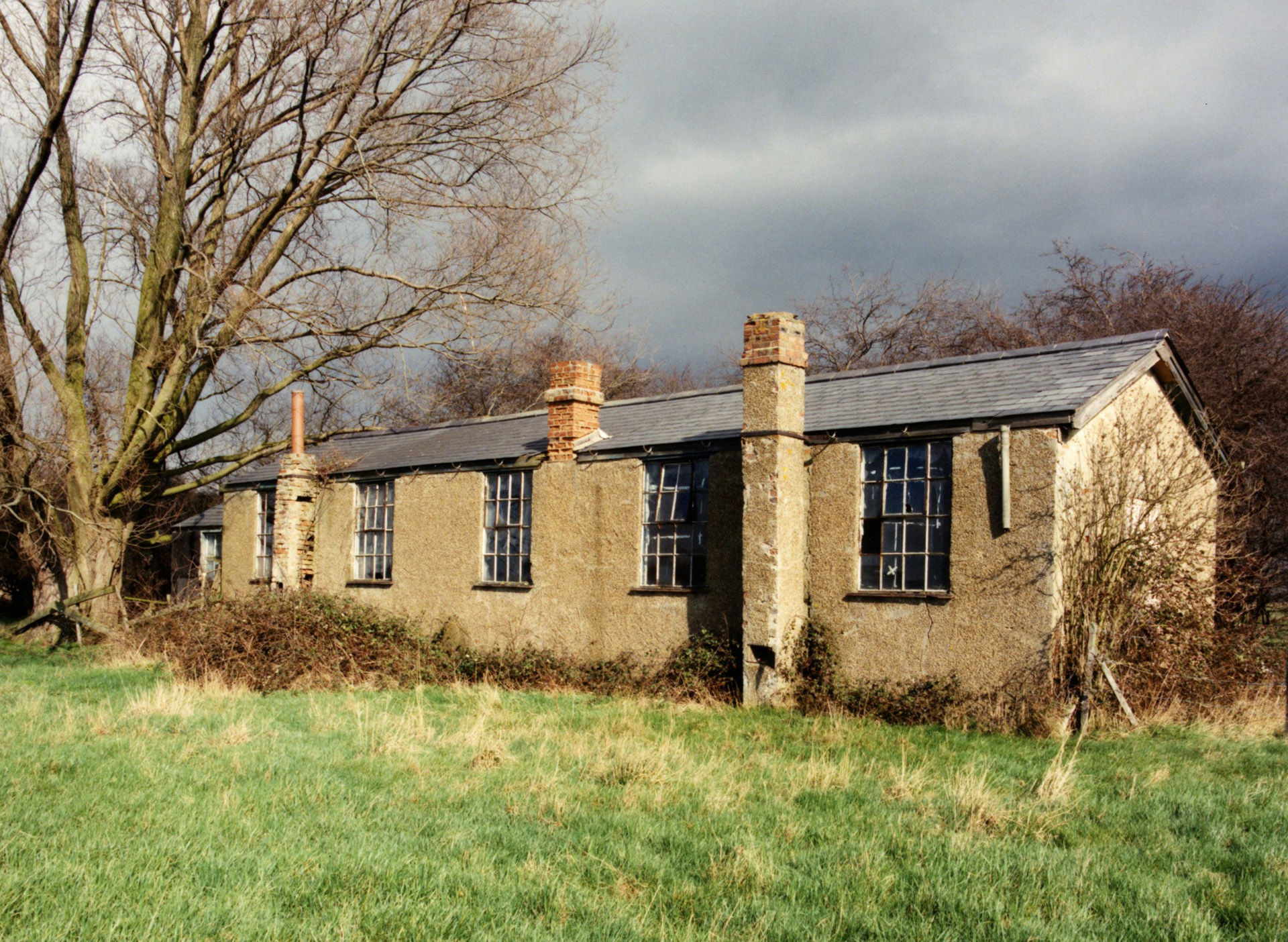First World War: Air
Historic England has identified the most significant airfields and airfield buildings of the First World War, including some of the earliest associated with powered flight in the world.
It has listed some of the most intact groups of hangars and other buildings, such as those at the remarkable Stow Maries airfield in Essex,used by the Royal Flying Corps, precursor to the RAF (created 1st April 1918). All played their part in the subsequent expansion of British air power throughout the First World War. To date 42 buildings have been listed, among them airship, aircraft, and sea plane hangars, officers’ messes, and barracks.
The reverse of the Wills cigarette card sums up the courage of the early military aviators:
'They are the admiration of the world, and the daring deeds of Britain's Royal Flying Corps are records of unparalleled heroism, of stupendous effort, and of splendid sacrifice. The bravest men of Britain are manning the machines which the best engineering brains of their country have produced. They are the "eyes" of the Army, and every yard of their course is beset with dangers. Shells burst all around them, and opposing aircraft seek to hurl them headlong to destruction, but still they go on. They are on a mission to "see", and only death can alter their determination. Alas! many perish; but brave men step into the breach, men of fearless character, and more laurels will be won.'
By August 1914, powered flight by aircraft was little more than a decade old. In the intervening years the armies and navies of various nations had explored the potential of aircraft for reconnaissance and offensive operations. Initially, aircraft were flimsy and underpowered. For greater range rigid airships, most famously developed by the German Ferdinand Graf von Zeppelin, were a more effective technology.
New technologies required specialist facilities and the war saw the construction of airfields and balloon stations with dedicated buildings to house and maintain flying machines. The new threat of aerial warfare, initially from Zeppelin airships, prompted a sophisticated anti-aircraft defence system, including purpose-built gun batteries, notably the listed surviving example at Lodge Hill, north of Chatham, Kent.
-
First World War: Land
One of the features of industrialised, mechanised, 20th-century warfare was its hunger for land.
-
First World War: Sea
At the outbreak of the First World War Great Britain was the world’s greatest naval power.





